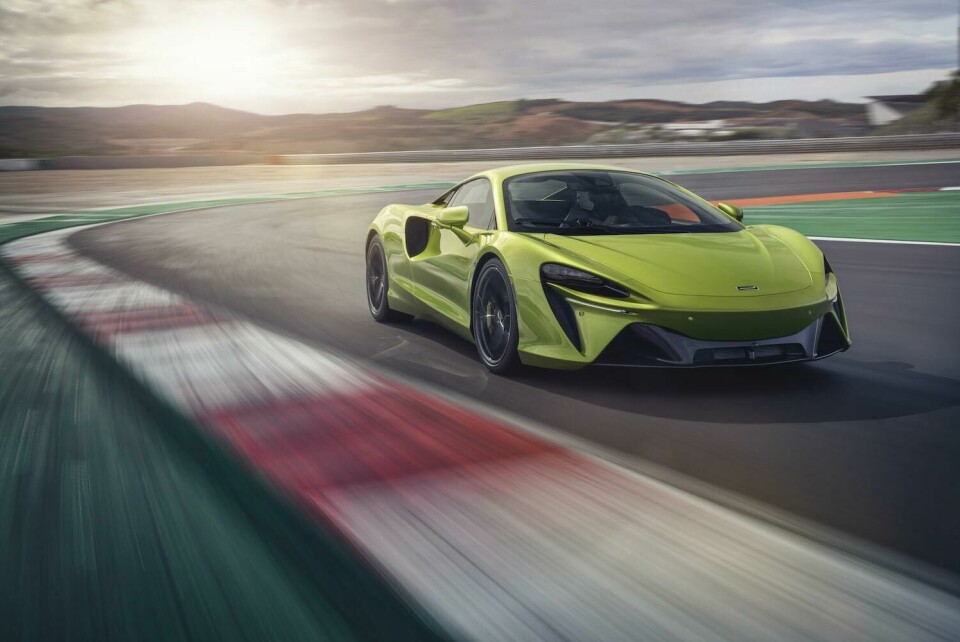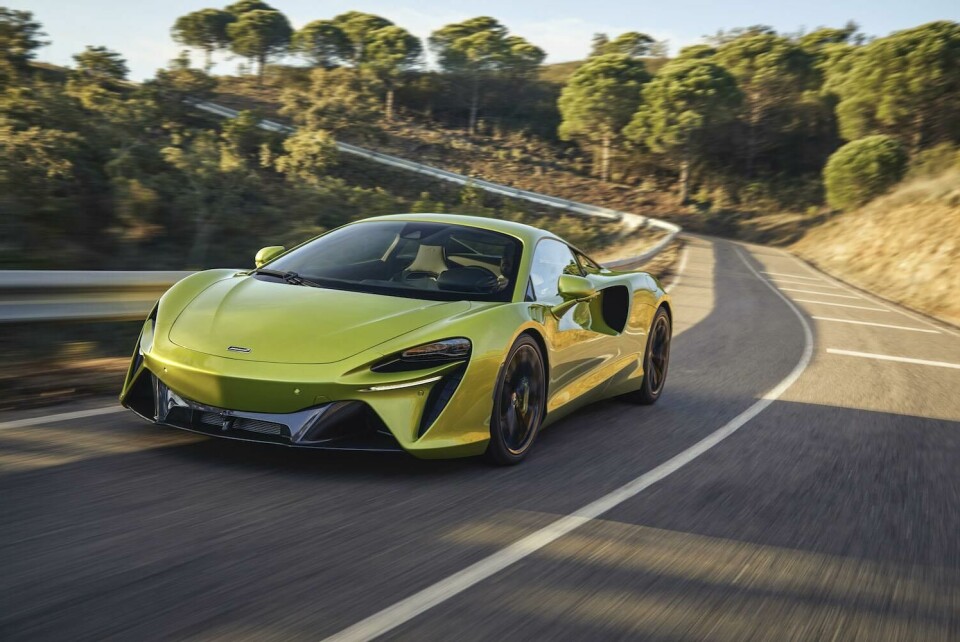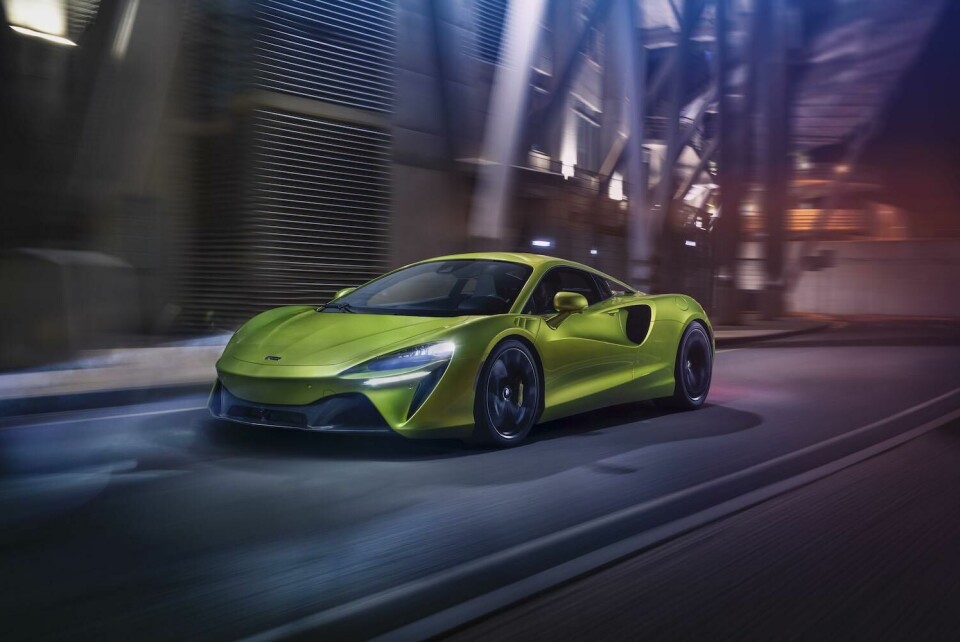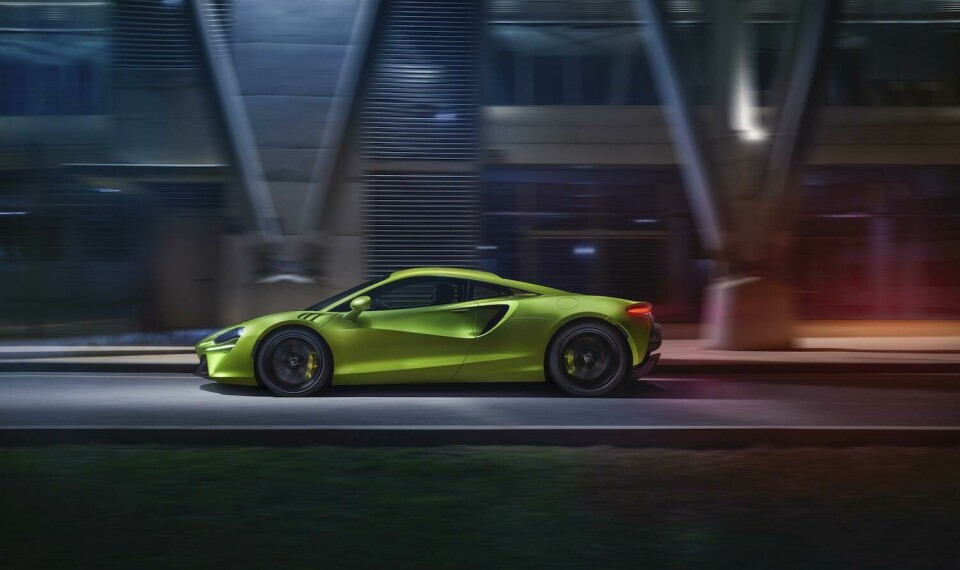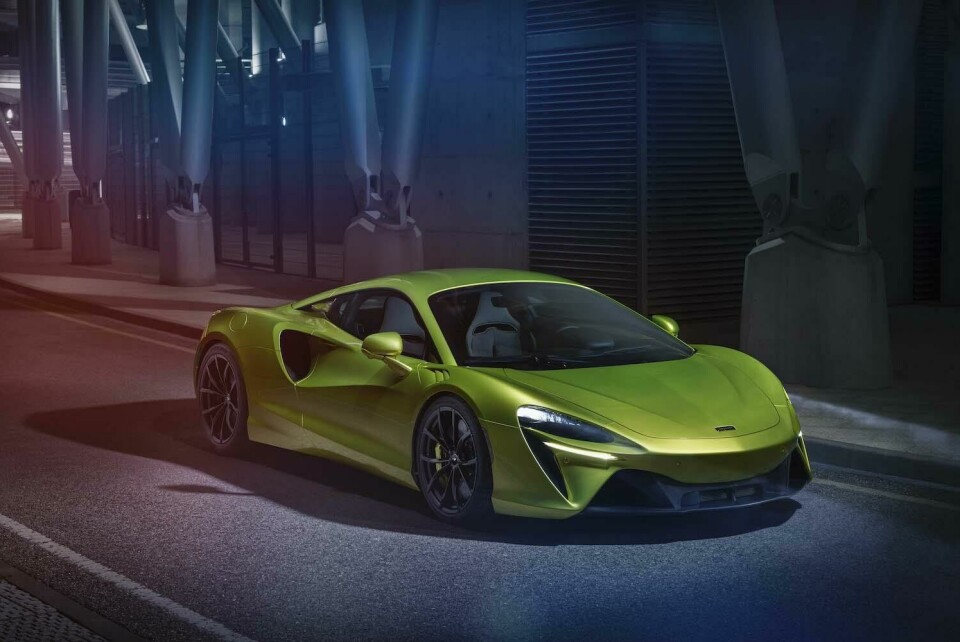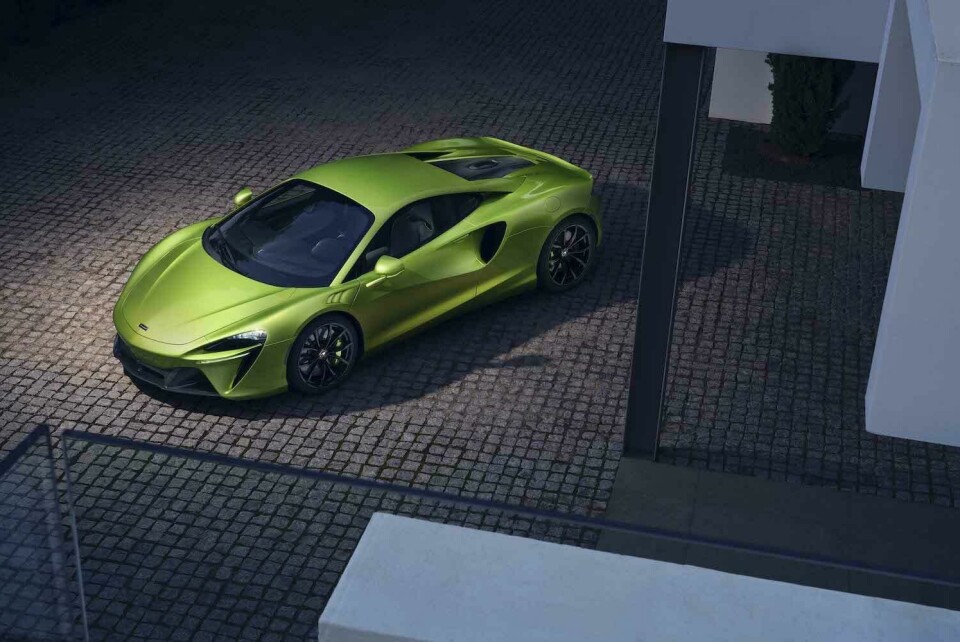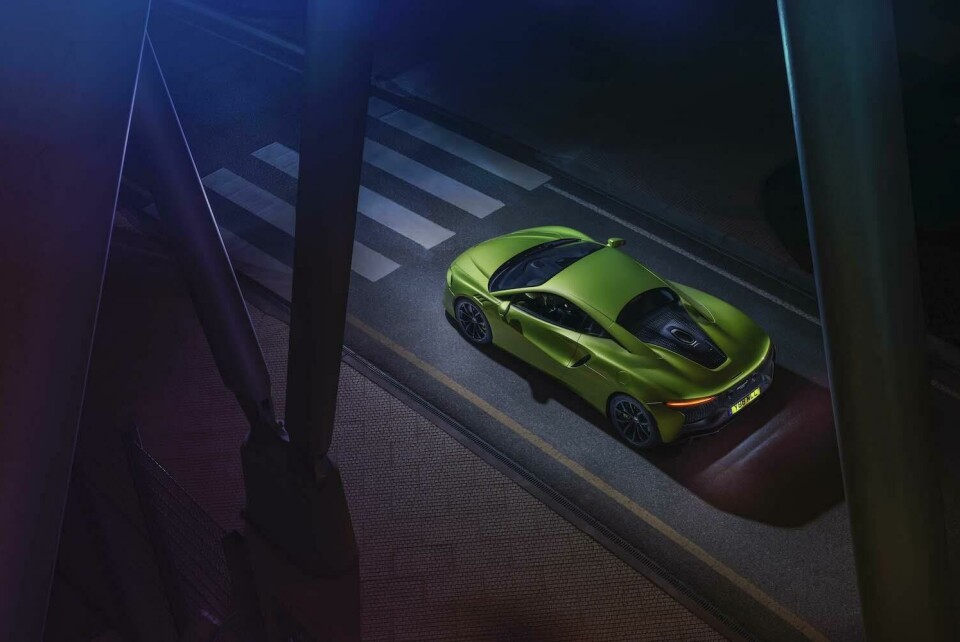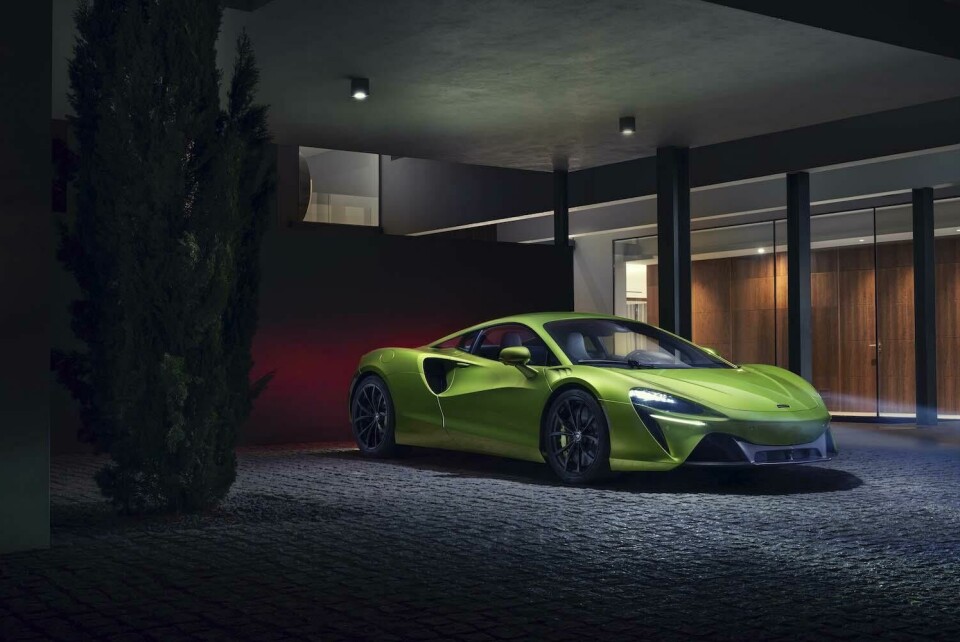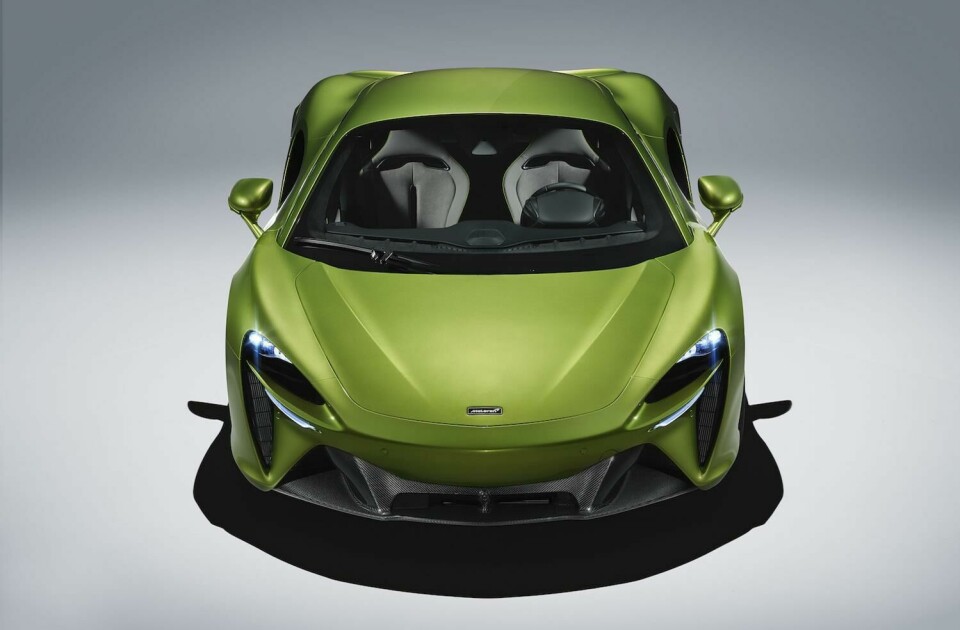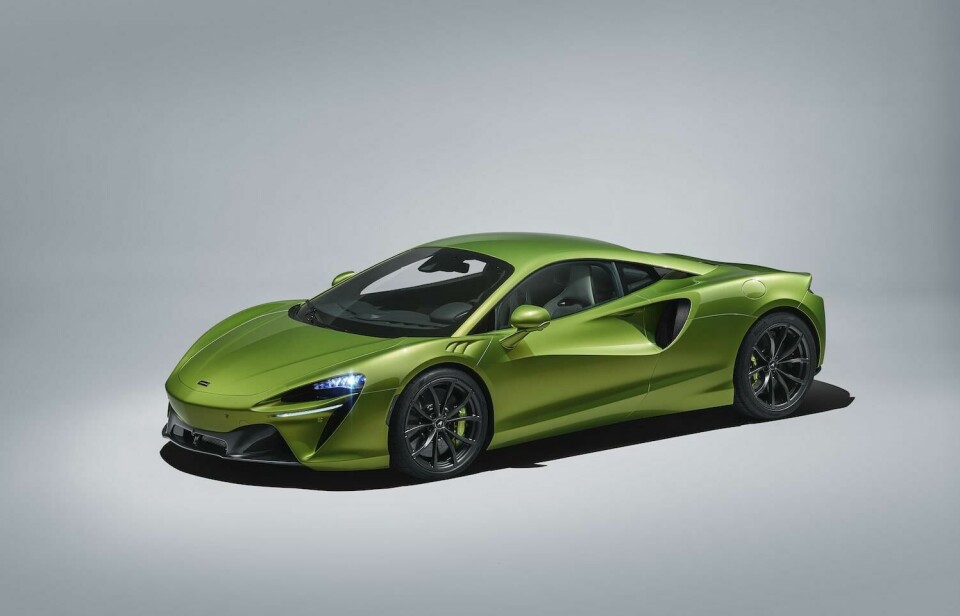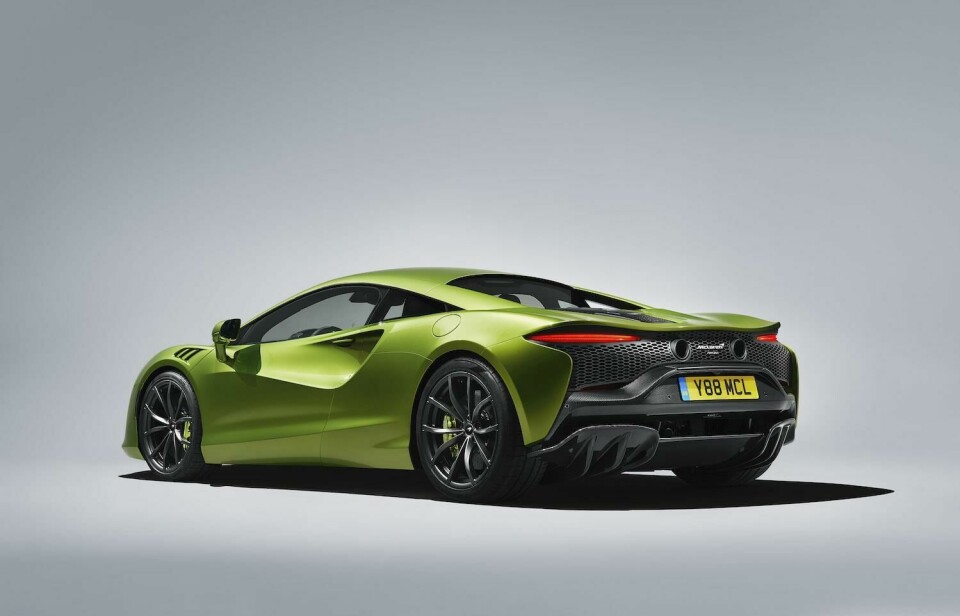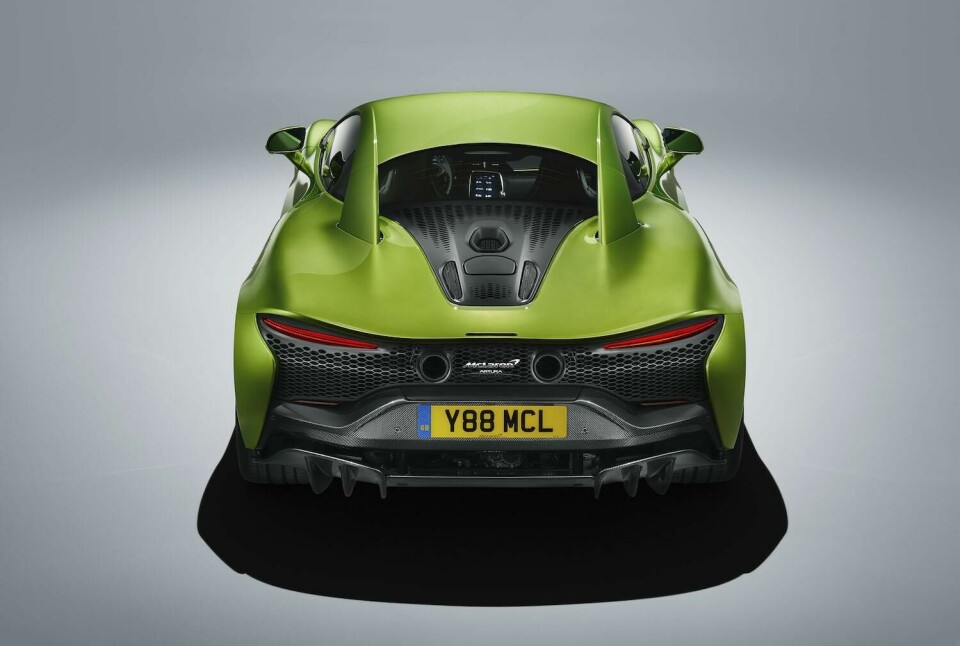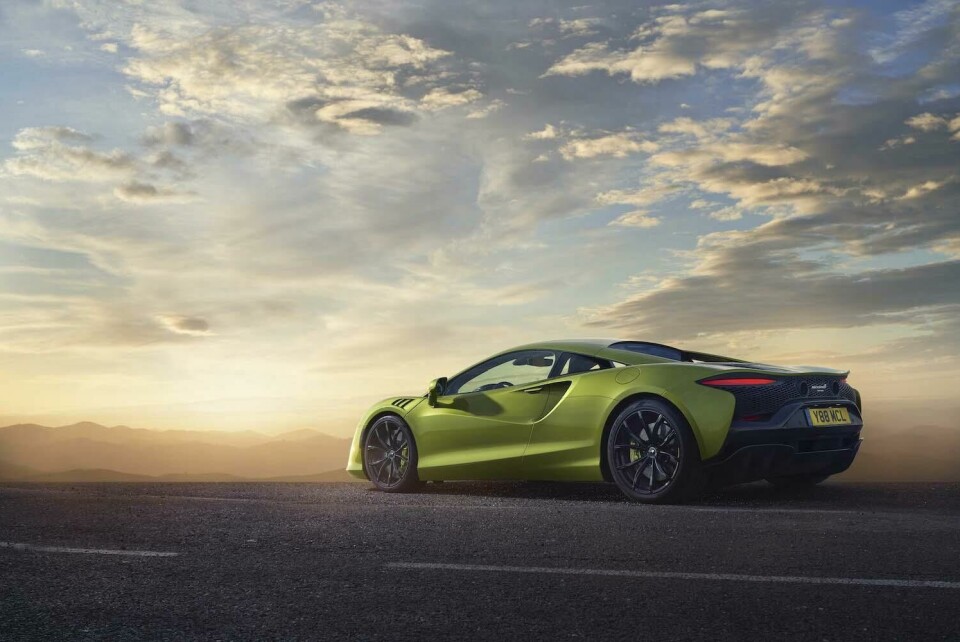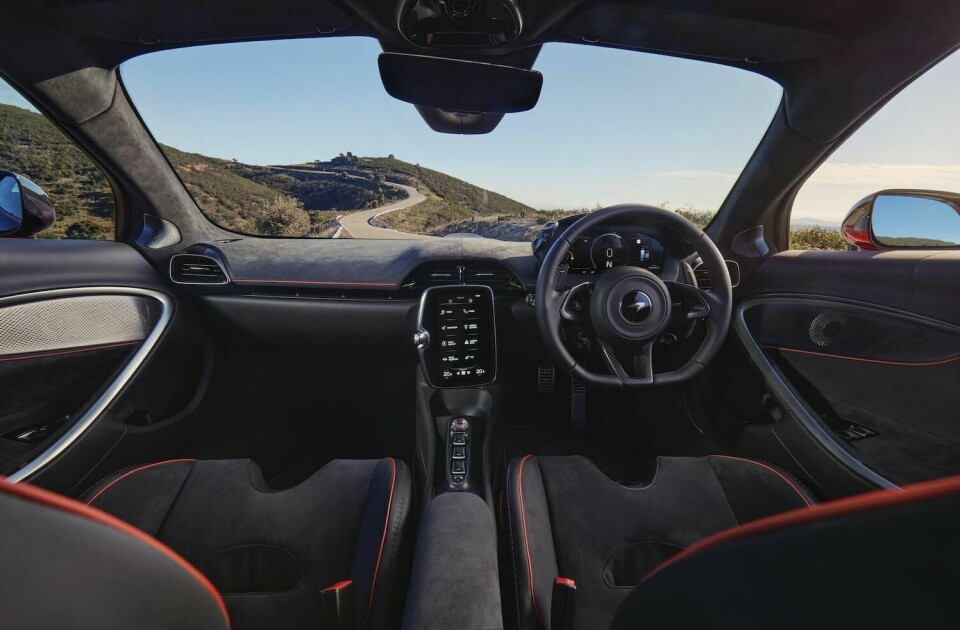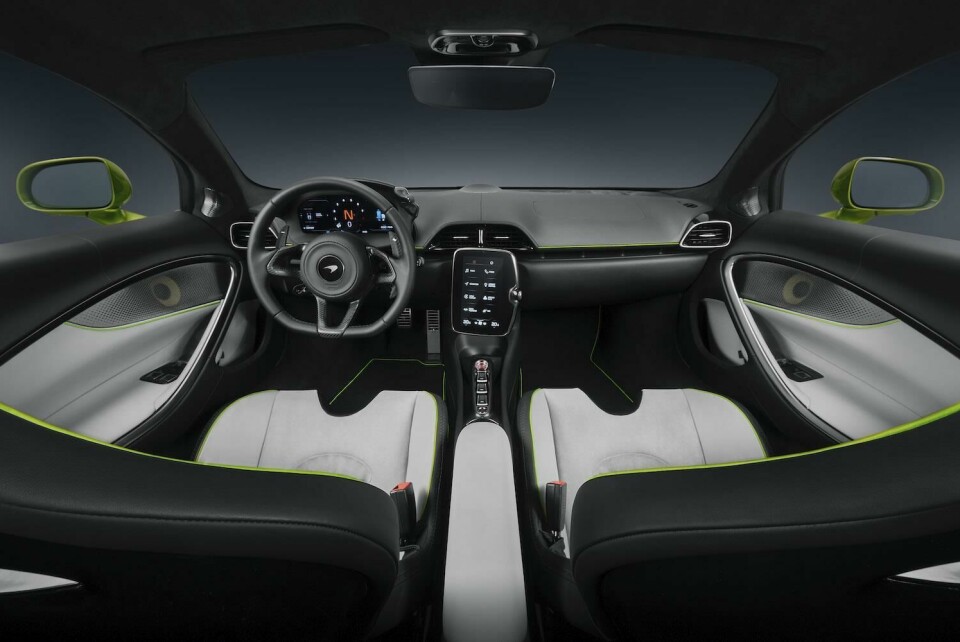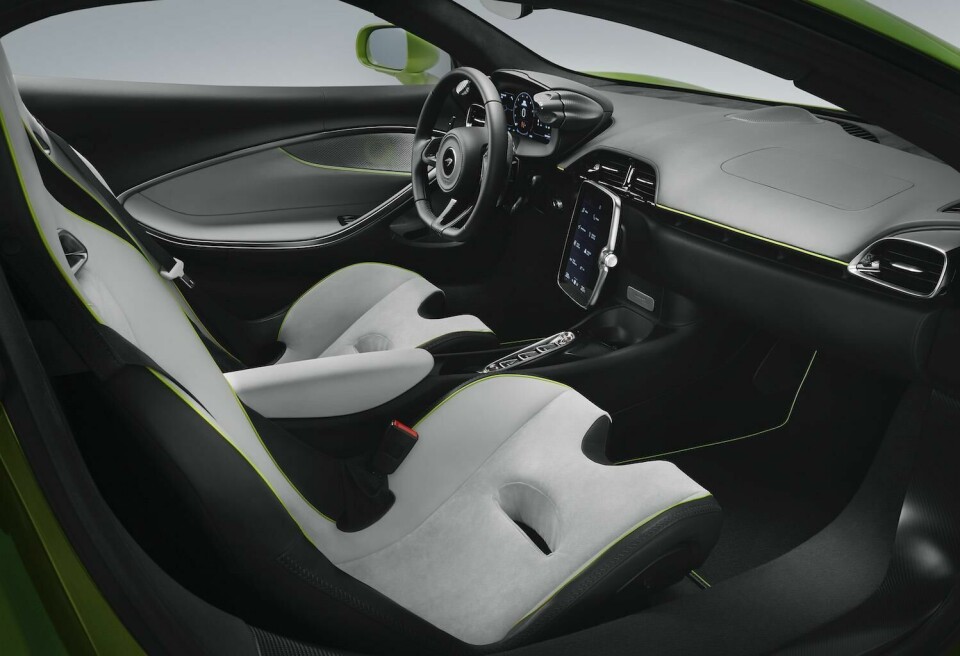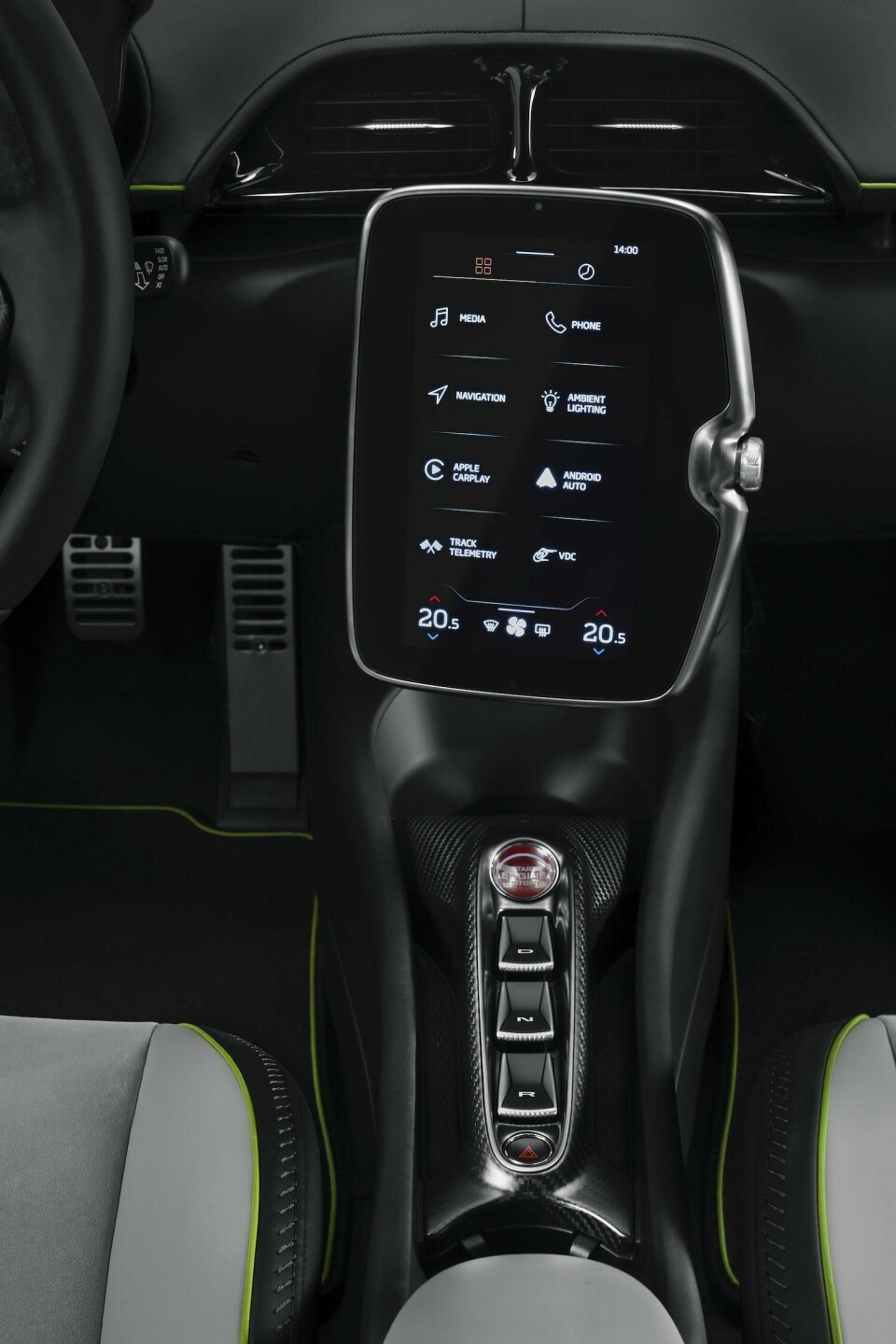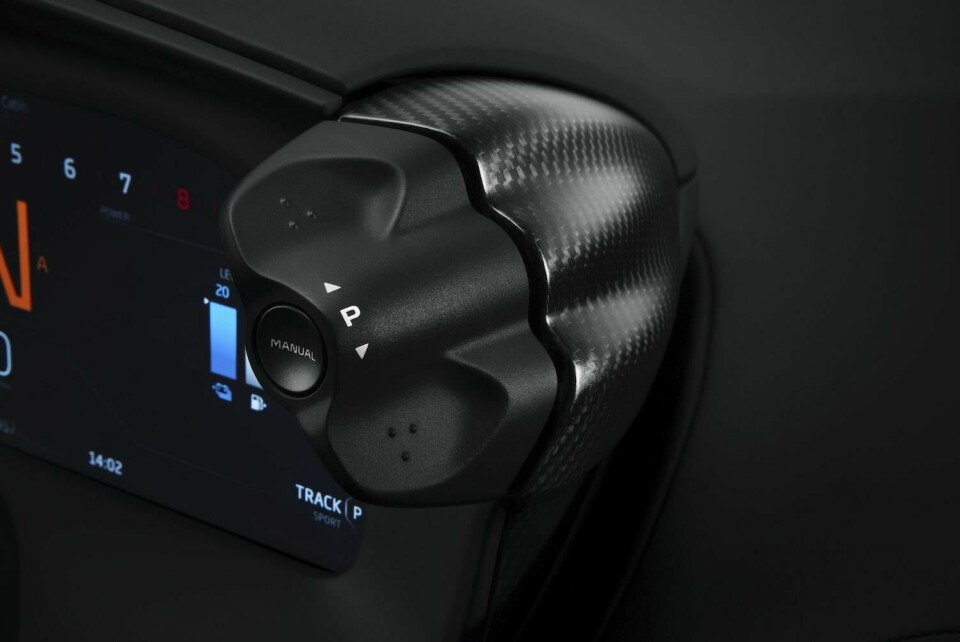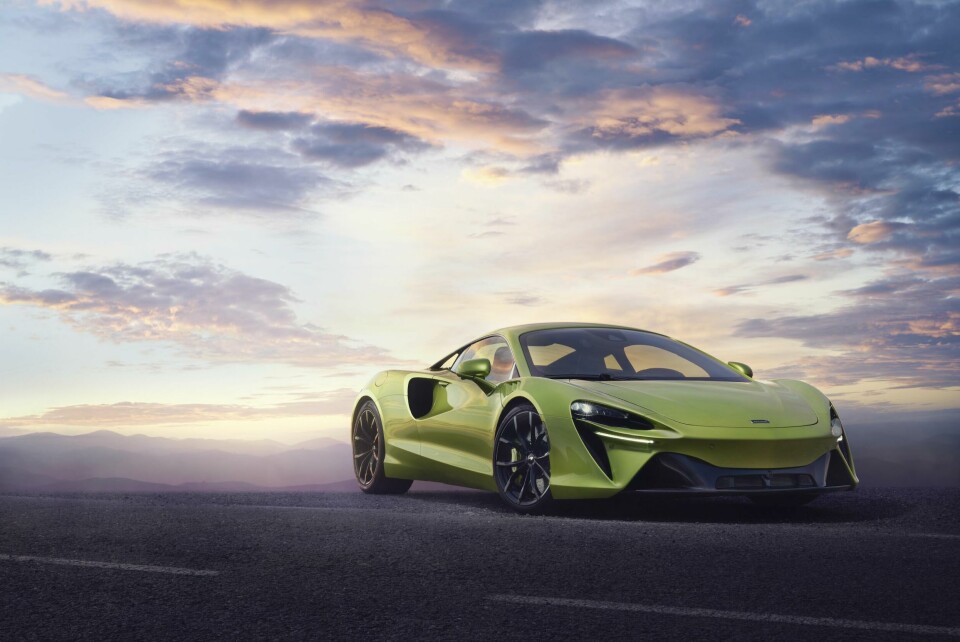
McLaren unveils the new Artura – a hybrid that looks familiar
It is completely new, but the McLaren Artura almost blends in with the company’s existing models when it comes to design
McLaren has launched its first series-production plug-in hybrid supercar, dubbed Artura. While almost everything under the skin is new, the design appears very familiar.
The Artura is the first model to be based on the new McLaren Carbon Lightweight Architecture (MCLA), which was designed at the company’s Composites Technology Centre (MCTC) in England. The chassis is lighter, and features a bespoke battery compartment and new electrical architecture that reduces cabling by up to 25% while simultaneously enhancing data transmission for driver assistance systems.
A completely new, 585PS twin-turbo V6 petrol engine sits alongside a compact electric motor which is located in the transmission bell housing. The electric motor can produce 95PS, representing a power density that is 33% greater than the system used in the McLaren P1 hybrid hypercar from 2013. The two power sources are mated to a new eight-speed lightweight twin-clutch transmission that has been developed specifically for the Artura. Thanks to a combined 680PS, 0 to 62mph is achieved in 3.0 seconds.
It seems like the engineering team has had a field day, but despite all the new technical features, the Artura could easily be mistaken for an older McLaren when glancing at the exterior.
The short wheelbase extends at the front with a large overhang, the low nose splitting the air and scooping it over the cabin. The sloping roofline, clamshell rear and dramatic sides with enormous air vents also make the car appear longer than it is, but are all sculpted with aerodynamic performance in mind. The Artura still features the signature dihedral doors for full supercar drama, but McLaren is keen to point out they open closer to the body and the wing mirrors fold in more tightly, helping to make it more usable than the old cars. So far, so McLaren.
The front lamps are buried inside deep pockets in the bodywork, and are connected by the same sweeping line that outlines vertical air vents. Under the main lamps at the front are two narrow strips of LEDs used as daytime running lights (DLRs). These accent the curve of the nose, with a smooth carbon fibre front bumper at the bottom housing a sensor used for the driver assistance systems.
The rear lamps are kept simple, made up of just single straight lines sitting flush in a honeycomb material above the large back bumper. The bodywork at the back is almost delicate, filling in the gaps around the engine compartment and running around the back wheels. There is also a wavy lip that runs over the top of the rear lights and exhausts, gently adhering to the shape of the rear haunches and C-pillars. These are left exposed, and can be seen entering the back of the body work from a bird’s-eye view, giving the Artura a distinct rawness in its design.
Elsewhere, small details provide a little injection of character to the Artura, such as the two subtle creases on the bonnet that draw the eye to the logo and the gills above the front wheels.
Current images of the inside suggest that McLaren is lagging behind with its interior design. The company says the Artura’s cabin is centred on the driver. At the centre is an 8-inch screen that appears to float in mid-air. Like all screens in McLarens, it is positioned in portrait with the aim of maximising space.
At first, it seems like the screen sits astride the centre console in a rather clumsy fashion, but McLaren says it has been directly linked to the steering wheel and therefore changes position if the height of the wheel is adjusted, to ensure optimum visibility. Its graphics seem sharp, but the screen itself has rounded edges and a rotary dial attached to the side, making it appear almost retro.
All functionality, including climate controls, are accessed via the screen. As a result, there are no buttons on the dash or steering wheel, only five on the centre console for driving modes and hazard lights. The surfaces are kept clean and minimal, while detailing comes from the chrome housings of the air vents, mesh grille of the speakers, and the stitching on the seats.
The Artura is a firm example of sticking to what you know when it comes to design. Unlike the Speedtail, which pushed McLaren’s designers to their limits, the Artura is relatively straightforward in its form and execution. Shapes and angles seem to have been lifted from the GT, 720S and the P1.
